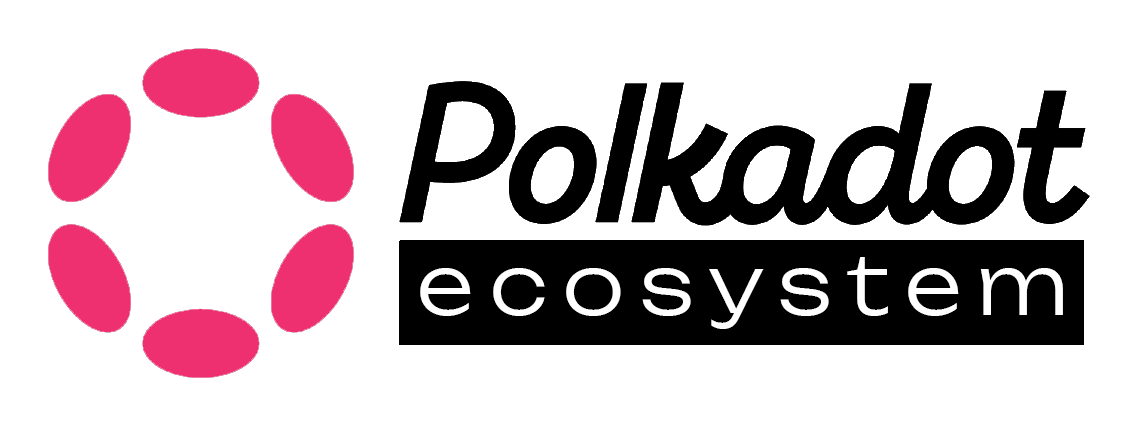
Crust Network
Crust Network es una red descentralizada de almacenamiento en la nube diseñada para proporcionar una infraestructura escalable y segura para el almacenamiento distribuido de datos. Construida sobre el marco Substrate dentro del ecosistema Polkadot, Crust Network integra las ventajas de la tecnología blockchain para ofrecer una alternativa descentralizada a las soluciones de almacenamiento en la nube tradicionales, como Amazon Web Services (AWS) y Google Cloud.
Descripción General de Crust Network
Crust Network funciona como una red distribuida que es pública y abierta para todos, permitiendo que cualquier participante se una o salga libremente mientras cumple con los acuerdos del sistema. Este sistema está diseñado para garantizar la seguridad y la estabilidad económica de la red, incentivando a los participantes a contribuir a su crecimiento y mantenimiento. Las características clave de Crust Network incluyen un modelo económico único, un mecanismo de consenso sofisticado y un sistema de gobernanza integral.
Objetivos de Diseño Económico de Crust Network
Los objetivos principales del diseño económico de Crust Network son:
- Seguridad del Protocolo Crust: Garantizar que la red esté protegida contra ataques y accesos no autorizados.
- Desarrollo Sostenible: Mantener la viabilidad y el crecimiento a largo plazo de la red.
- Protección de los Intereses de los Participantes: Salvaguardar los derechos y beneficios de todos los participantes de la red.
- Alineación de Intereses: Asegurar que los intereses de todos los participantes estén alineados con el crecimiento del valor del sistema Crust.
Participantes en Crust Network
Crust Network incluye diversos roles, cada uno contribuyendo de manera diferente a la red:
- Validadores: Nodos que generan bloques y mantienen la blockchain. Los validadores deben permanecer en línea, poseer suficientes recursos de almacenamiento y apostar tokens CRU. Obtienen recompensas por sus contribuciones y comparten las recompensas de los bloques, pero también enfrentan riesgos de penalizaciones por comportamientos maliciosos.
- Candidatos: Nodos que compiten para convertirse en validadores. Deben permanecer en línea y apostar tokens CRU, pero no generan bloques ni obtienen recompensas exclusivas de bloques. En su lugar, comparten recompensas de ciclo y pueden proporcionar servicios de almacenamiento.
- Garantes: Cuentas que proporcionan tokens CRU como garantía para los nodos validadores. Ganan una parte de las recompensas del validador pero también asumen el riesgo de penalizaciones.
- Usuarios: Individuos o entidades que utilizan los recursos de almacenamiento y computación en la red Crust. Usan tokens CRU para pagar los servicios.
Token CRU
El token nativo de Crust Network es CRU, un token de utilidad que representa el valor de toda la red. Sus funciones incluyen:
- Staking: Para mantener el consenso GPoS (Prueba Garantizada de Participación).
- Garantía de Nodos: Para proporcionar seguridad a los nodos seleccionados.
- Tarifas de Transacción: Para pagar las transacciones de la red.
- Compra de Servicios: Para adquirir recursos de almacenamiento y computación.
- Gobernanza: Para participar en la gobernanza en cadena y votar sobre propuestas.
Generación y Quema de Tokens CRU
Los tokens CRU se generan de dos maneras:
- Generación Inicial: 20,000,000 de tokens CRU se generaron en el inicio de la red, destinados al desarrollo comunitario, construcción del ecosistema, recompensas al equipo técnico y reservas de la fundación.
- Recompensas por Bloque: Los tokens CRU se recompensan por la producción de bloques, con una distribución anual inicial que disminuye con el tiempo. La red también cuenta con mecanismos para quemar tokens, reduciendo así el suministro total y creando presión deflacionaria para aumentar el valor del token.
Modelo Económico de Crust Network
El modelo económico de Crust está diseñado para equilibrar la seguridad de la red con los incentivos para los participantes. El mecanismo de consenso GPoS combina elementos de PoS y PoW, requiriendo que los nodos apuesten tokens CRU y posean recursos de almacenamiento. Este doble requisito asegura la seguridad de la red e incentiva contribuciones significativas a la capacidad de almacenamiento.
Mercado de Recursos de Almacenamiento
El mercado de almacenamiento de Crust Network admite dos servicios principales:
- Almacenamiento de Archivos: Los usuarios pagan tarifas para almacenar archivos en la red, mientras que los comerciantes (validadores y candidatos) proporcionan el espacio de almacenamiento y ganan recompensas.
- Recuperación de Archivos: La red también admite servicios de recuperación de archivos, incentivando a los comerciantes a proporcionar acceso rápido y eficiente a los archivos almacenados.
Gobernanza de Crust Network
Crust Network emplea un sistema de gobernanza en cadena utilizando la tecnología Substrate. Esto permite que los titulares de tokens CRU participen en los procesos de toma de decisiones, administren el Tesoro y propongan mejoras al sistema. Este enfoque democrático asegura que la red evolucione de acuerdo con la voluntad colectiva de sus participantes.
Conclusión
Crust Network es una solución robusta e innovadora para el almacenamiento descentralizado en la nube, aprovechando la tecnología blockchain para crear una infraestructura segura, escalable y económicamente sostenible. Al alinear los intereses de todos los participantes con el crecimiento de la red y garantizar la seguridad de su protocolo, Crust Network se destaca como un actor clave en el ecosistema Polkadot y en el panorama más amplio de Web3.
- Token/s Relacionado/s: CRU

